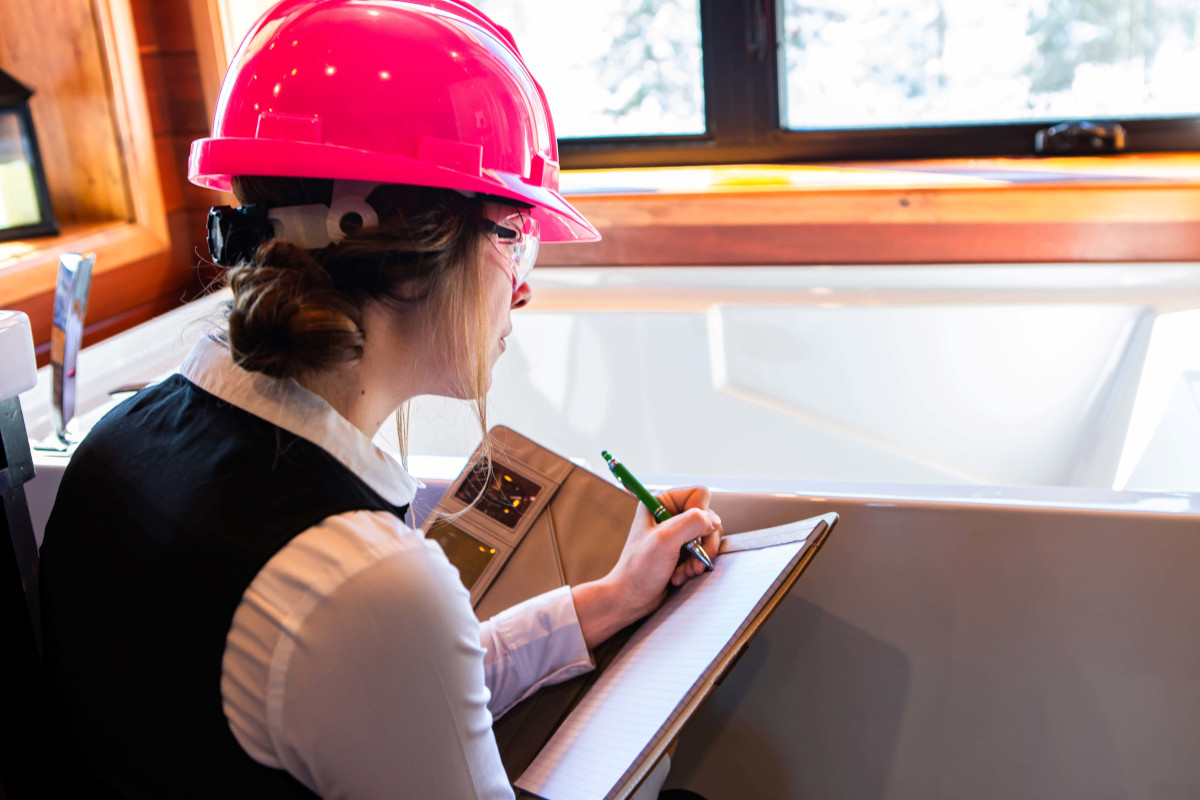Understanding Legal Responsibilities:
Protecting Visitors With Safe Property Management Practices

As a property manager, ensuring the safety of visitors and occupants should be a top priority. Whether you manage a residential building, commercial space, or a public venue, you have a legal responsibility to maintain a safe environment. This responsibility involves complying with laws while building trust and ensuring the well-being of everyone who steps onto your property.
In this article, we'll explore the importance of safe property management practices and how you can implement them effectively.
Know Your Legal Obligations
Before diving into specific practices, it's crucial to understand your legal obligations. In the United States, premises liability laws hold property owners and managers accountable for accidents and injuries that occur on their property due to negligence. This means if someone gets hurt because you didn't maintain the property properly, you could be liable for their injuries.
To protect yourself and your visitors, familiarize yourself with the local, state, and federal regulations that apply to your property. These can include building codes, fire safety regulations, and health and safety standards.
Consulting with a premises liability lawyer can help you interpret these regulations and ensure compliance. Being proactive about legal responsibilities helps you avoid issues and creates a safer environment for everyone.
Conduct Regular Inspections
One of the most effective ways to ensure safety is through regular property inspections. By routinely checking your property, you can identify potential hazards before they cause harm. Create a checklist that covers key areas like:
Walkways and Entrances
Ensure that pathways are clear of obstacles, well-lit, and free of slip hazards.
Stairs and Railings
Check for loose or damaged handrails and steps.
Electrical Systems
Inspect wiring, outlets, and fixtures for signs of wear or damage.
Fire Safety Equipment
Confirm that fire extinguishers, alarms, and sprinklers are in working order.

Set a schedule for these inspections and document any findings and actions taken. This helps you maintain safety and provides a record that can be useful if any legal issues arise.
Maintain Clear Signage
Signage is essential for preventing accidents and ensuring visitor safety. Clear and visible signs alert visitors to potential hazards, such as wet floors or construction areas, and provide crucial instructions during emergencies. It's important to clearly label all emergency exits and post safety instructions for fire alarms, evacuation routes, and emergency contact numbers.
To maintain effectiveness, regularly check that all signs are legible and correctly placed. Promptly replace any damaged or faded signs to ensure they continue to serve their purpose. By keeping your signage up-to-date and visible, you create a safer environment for everyone on your property.
Invest in Security Measures
Security is an essential aspect of safe property management. Implementing security measures can protect your property from theft, vandalism, and other criminal activities. Consider the following strategies:
Surveillance Cameras
Install cameras in key areas to monitor activity and deter criminal behavior.
Access Control Systems
Use key cards or codes to control who enters certain parts of your property.
Security Personnel
Hire trained security staff to patrol the premises and respond to incidents
By investing in security, you protect your property and reassure visitors that their safety is a top concern.
Address Environmental Hazards
Environmental hazards like mold, asbestos, and lead pose significant health risks to visitors and occupants. To maintain safety, hire professionals to test for hazardous materials and implement remediation plans if needed. Prompt action to remove or contain these hazards is crucial.
By proactively managing environmental risks, you demonstrate a commitment to safe property management and protect everyone on your property.
Create an Emergency Response Plan
An emergency response plan outlines the steps to take in case of fires, natural disasters, or other emergencies. Here's how to create an effective plan:
Identify Potential Emergencies
Consider the types of emergencies that could occur on your property.
Establish Protocols
Develop clear procedures for evacuation, communication, and emergency services coordination.
Train Staff and Occupants
Conduct regular drills and training sessions to ensure everyone knows their roles in an emergency.
Having a solid emergency response plan helps minimize confusion and ensures a swift, organized response when needed.
Foster Open Communication
Open communication is crucial in maintaining a safe environment. By creating systems for reporting hazards, such as suggestion boxes or online forms, you can encourage dialogue between property management, staff, and occupants. Regular updates on safety measures, inspections, and policy changes help keep everyone informed and engaged.
Additionally, hold regular safety meetings to discuss topics and gather feedback from staff and occupants. This approach fosters a culture of safety where everyone feels empowered to contribute to a secure environment.
Document Everything
Documentation is a vital part of managing property safety. Keeping detailed records of inspections, maintenance, incidents, and communications can protect you legally and help you track safety improvements over time. Key areas to focus on include:
Inspection and Repair Logs
Record the date, findings, and actions taken during inspections and maintenance.
Incident Reports
Document any accidents or incidents, including details about what happened and how it was addressed.
Training Records
Keep track of training sessions, including attendance and topics covered.
Thorough documentation provides a clear trail of your safety efforts and demonstrates your commitment to protecting visitors and occupants.
Parting Words
Implementing safe property management is essential for protecting visitors and meeting your legal obligations. Remember, safety is an ongoing process that requires vigilance and adaptation. Stay informed about new regulations and technologies, and continuously seek ways to enhance your practices.
By making safety a priority, you protect those who visit your property while building a reputation as a responsible and trustworthy property manager. Consider these steps to ensure your property remains a secure and welcoming space for all.